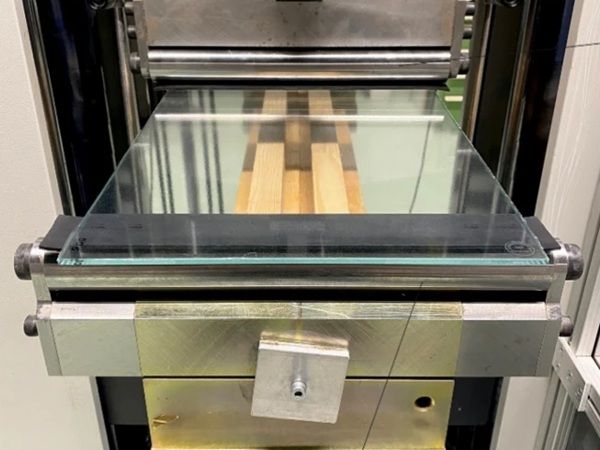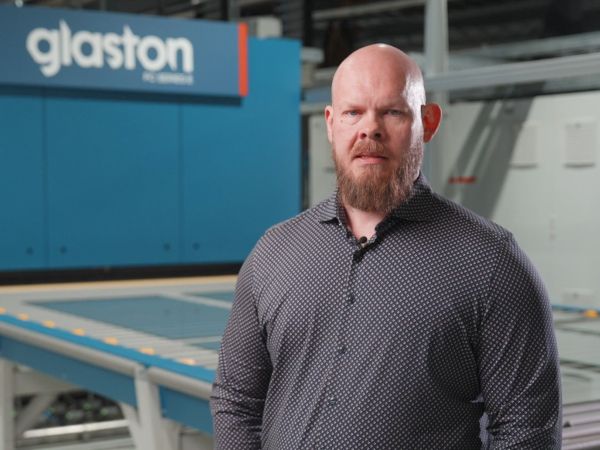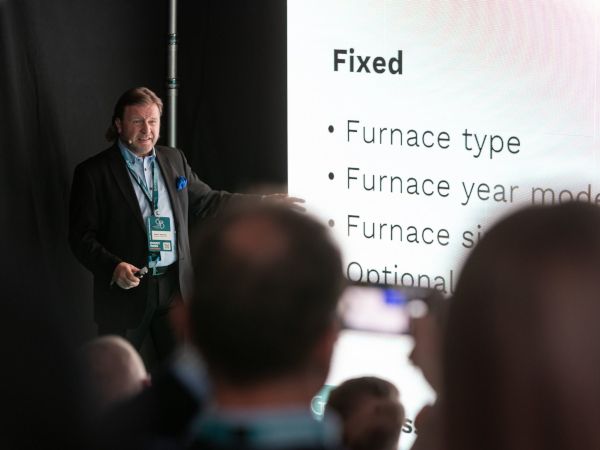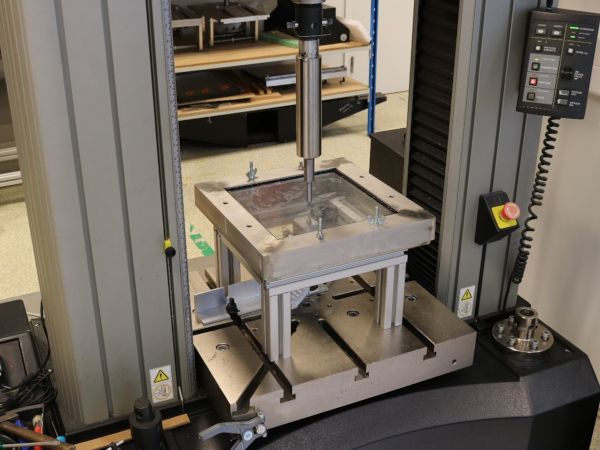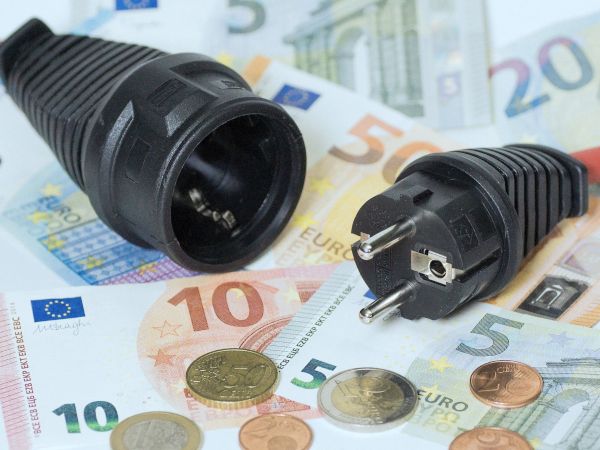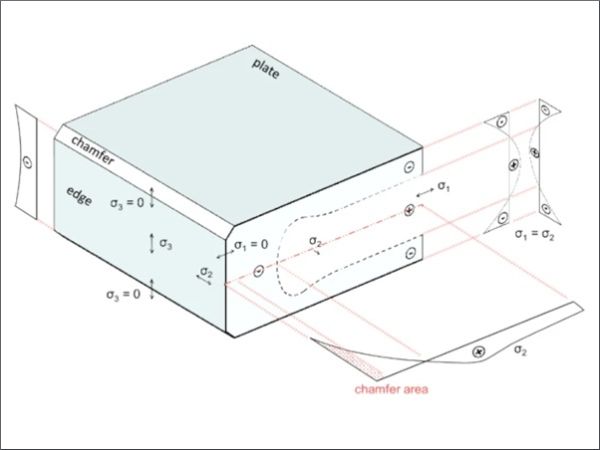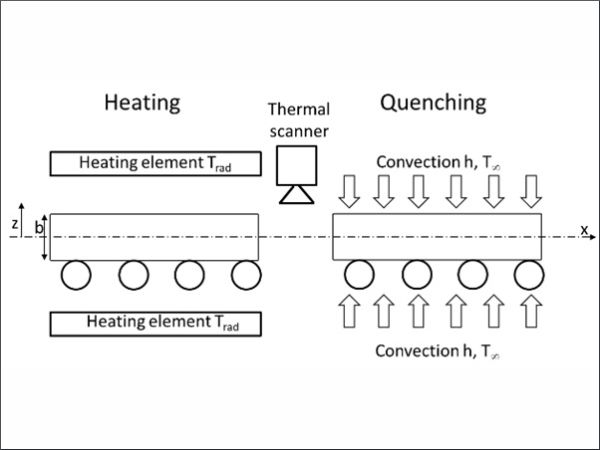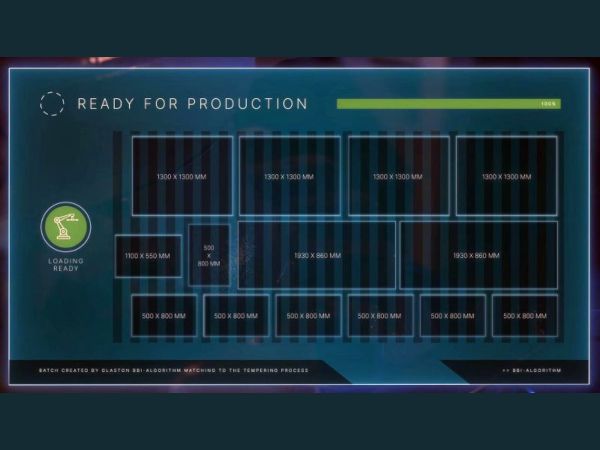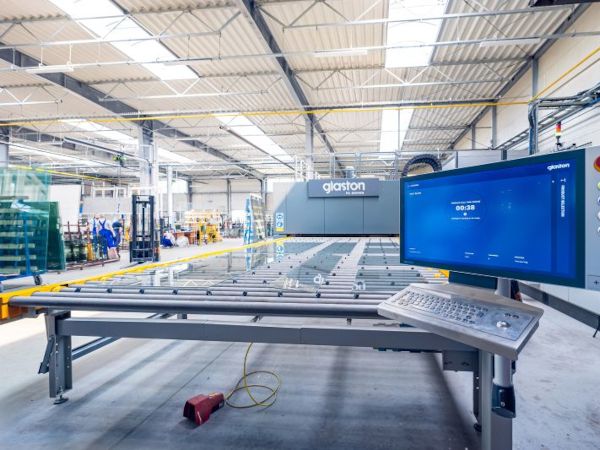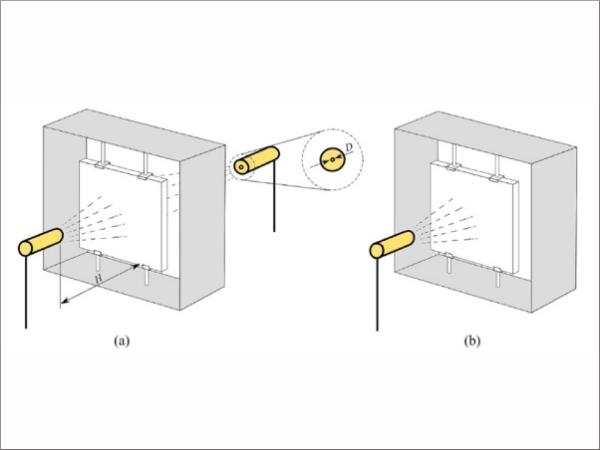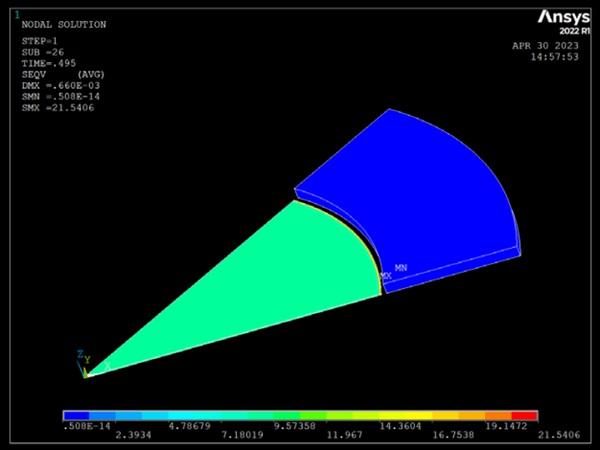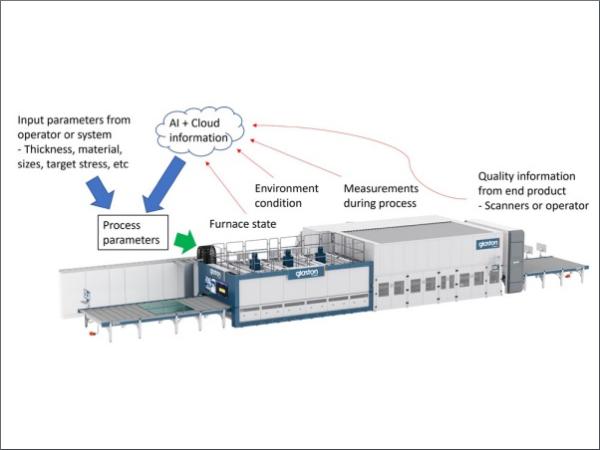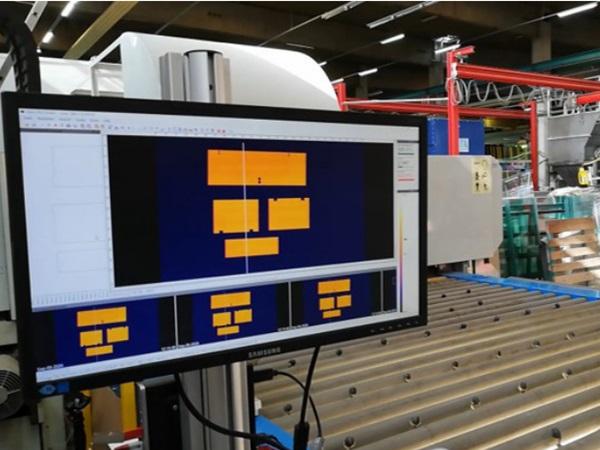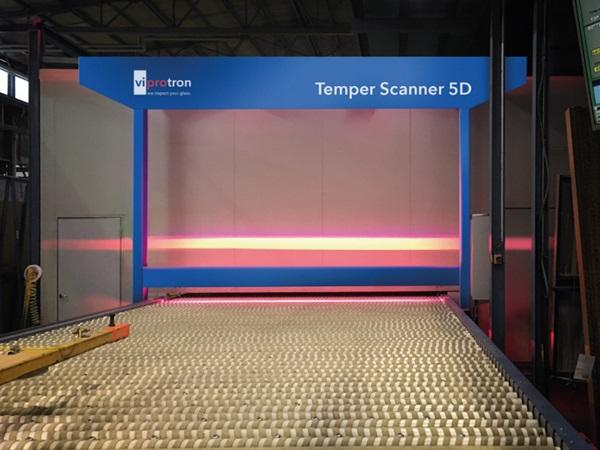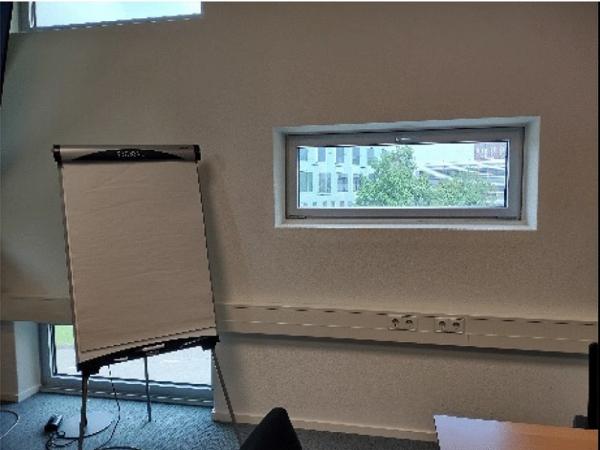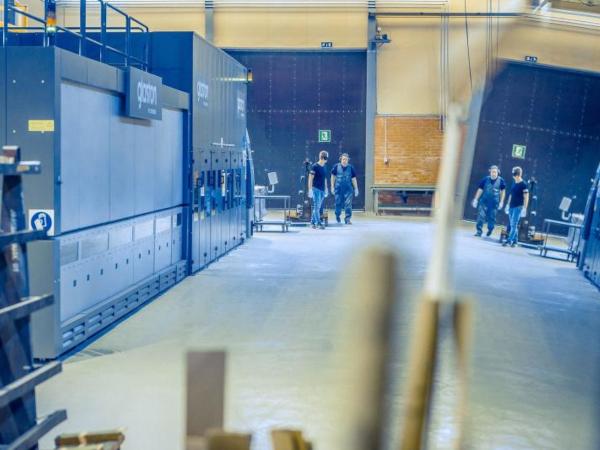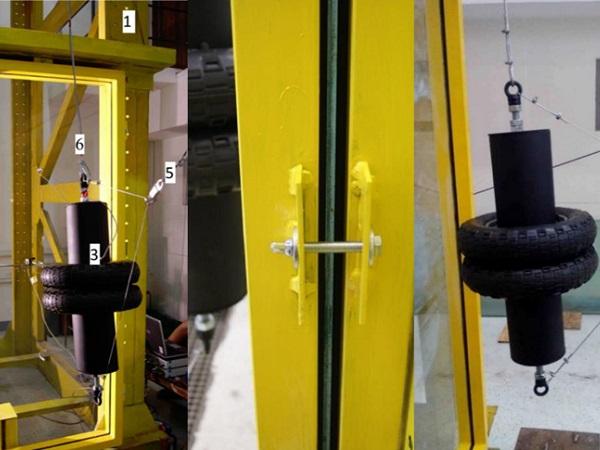Others also read
| In this ninth episode of #AskGlaston flat tempering series, we explore how to optimize energy efficiency in the case of short loadings.
| Viprotron has developed a new technology for the exit of the furnace, that allows the measurement of the distortion of tempered glass with high precision and unparalleled repeatability.
| In this eighth episode, we delve into optimizing energy efficiency in Low-E production.
| Thermal stress relief treatment offers a promising solution for enabling the reuse and remanufacturing of end-of-life tempered glass, paving the way for more circular economy practices in the flat glass industry.
| In the seventh episode of the #AskGlaston flat tempering series, the focus is on the Tempering Autopilot.
| In this sixth episode of #AskGlaston flat tempering series, we explore how to avoid loading delays in tempering.
| Mikko Rantala on Glastory: Glass tempering is an energy-hungry process, and not just because of the heat.
| As labor shortages and efficiency demands grow, automation is transforming glass tempering—starting with AI-driven batch building that boosts productivity, cuts energy use, and maximizes furnace performance.
| This study examines prestressed glass specimens that are 0.5mm, 1.1mm, and 2.1mm thick in comparison to glass of the same thicknesses that have not been enhanced by the novel stiffening method.
| Modern tempering technologies offer impressive energy efficiencies for glass processors. But, have you ever come across energy-saving claims that seem too good to be true?
| The paper compares fitting functions of different polynomial degrees to determine and assess the edge stress.
| Optical stress measurement in tempered glass has its challenges. Stresses can be measured optically based on the optical anisotropy behavior of the glass.
| What glass processes gain the most from automation? In this blog, we’ll focus on some of the particularly promising application areas.
| The two common defects—White Haze and Anisotropy—are often misunderstood but are not the same.
| The latest Glastory blog gives insights on the experiences of the tempering process Autopilot users.
| Glass is most often heat treated before using it as a structural material. In this context, thermal tempering is the most effective and efficient method to enhance the load bearing capacity and strength of glass.
| This work investigates the numerical modeling of two different UV-curing acrylate adhesives in terms of the bulk material and in the application as point fixing.
| Glass tempering is a process that can be made in many ways to get tempered glass that meets the standards. The selected way is usually chosen by the operator and is almost always based on experience instead of science.
| A way to determine the condition and functionality of a glass furnace is to measure the glass temperature as it exits the furnace.
| The new complete metrology scanner after furnace exit and its capabilities for furnace optimization and quality control.
| In the latest Glastory blog post, Antti Aronen analyzes the transformative potential of automated glass tempering.
| A comparison between measured and declared values
| In situ detection of product age and argon concentration as measure of the re-use potential of insulating glass units in buildings
| Read the latest Glastory blog by Taneli Ylinen.
| The paper presents testing of glass panels, static test and dynamic test by hard body impact.




